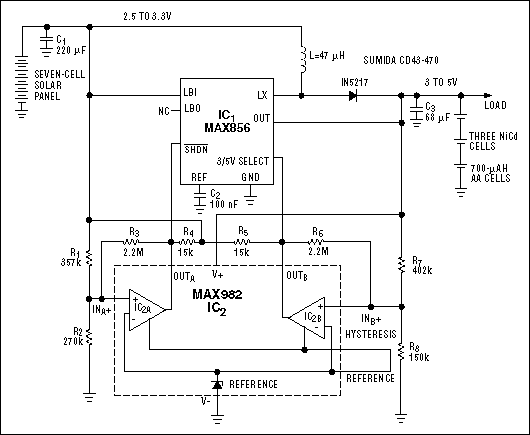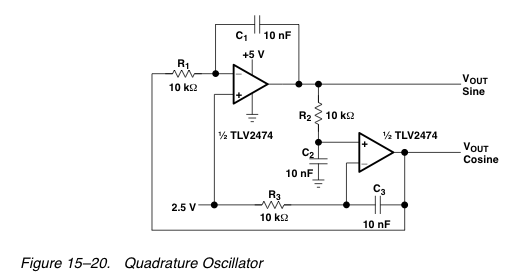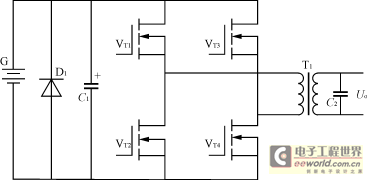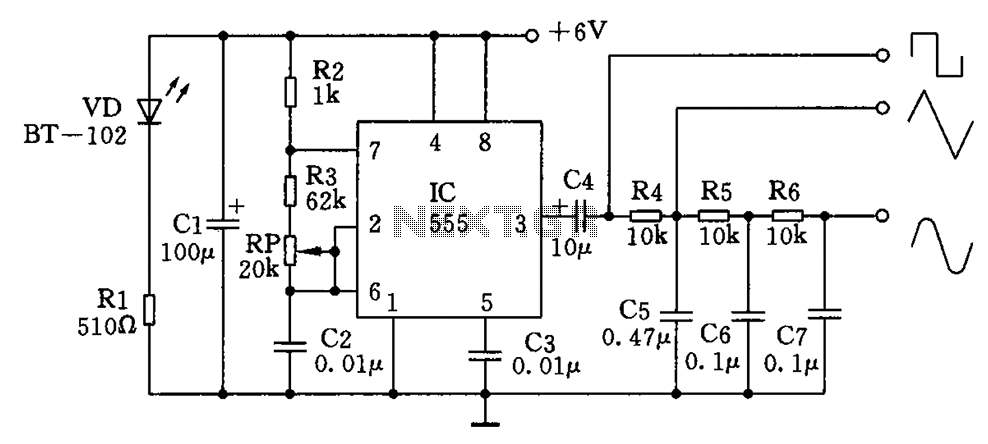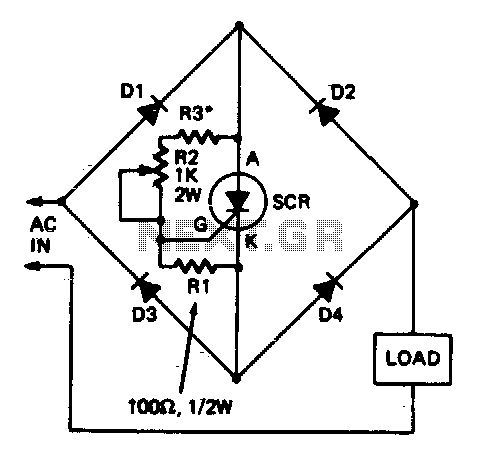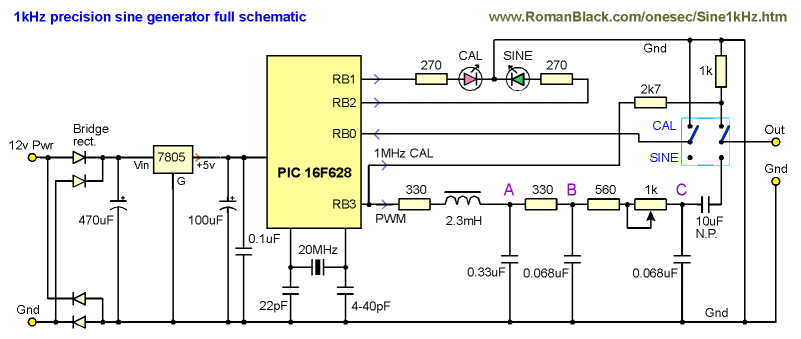
Sine Wave Generation Techniques
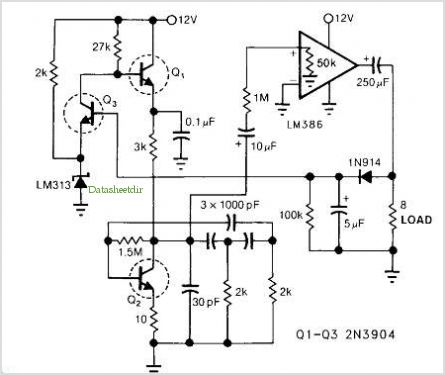
The SK1901 is a semiconductor integrated circuit that employs the Hall effect. It is specifically designed to function in alternating magnetic fields, particularly at low supply voltages and across a wide temperature range, up to +125°C. This Hall integrated circuit is suitable for various applications, including contactless switches and other sensor types.
The SK1901 Hall effect sensor integrates a magnetic field sensing element with signal processing circuitry, enabling it to detect magnetic fields without physical contact. The device operates effectively in environments where low power consumption is essential, making it ideal for battery-operated systems.
This integrated circuit typically features an output that can be configured as either a digital signal or an analog voltage, depending on the specific application requirements. The ability to operate in a broad temperature range enhances its versatility, allowing for deployment in industrial, automotive, and consumer electronics applications.
The SK1901 is particularly advantageous for use in contactless switch applications, where it can replace mechanical switches to increase reliability and longevity. Additionally, its low voltage operation makes it suitable for integration into compact and energy-efficient designs. The Hall effect principle utilized by the SK1901 allows for non-invasive sensing, which minimizes wear and tear on components, further extending the operational lifespan of the devices in which it is used.
Overall, the SK1901 Hall effect integrated circuit is a robust solution for modern electronic systems requiring reliable magnetic field sensing capabilities.SK1901 is a semiconductor integrated circuit utilizing the Hall effect. It has been so designed as to operate in the alternating magnetic field especially at low supply voltage and operation over extended temperature ranges to +125. This Hall IC is suitable for application to various kinds of Sensors contact-less switches, and the like.
By LianShun Electronics Co. , Ltd 🔗 External reference
The SK1901 Hall effect sensor integrates a magnetic field sensing element with signal processing circuitry, enabling it to detect magnetic fields without physical contact. The device operates effectively in environments where low power consumption is essential, making it ideal for battery-operated systems.
This integrated circuit typically features an output that can be configured as either a digital signal or an analog voltage, depending on the specific application requirements. The ability to operate in a broad temperature range enhances its versatility, allowing for deployment in industrial, automotive, and consumer electronics applications.
The SK1901 is particularly advantageous for use in contactless switch applications, where it can replace mechanical switches to increase reliability and longevity. Additionally, its low voltage operation makes it suitable for integration into compact and energy-efficient designs. The Hall effect principle utilized by the SK1901 allows for non-invasive sensing, which minimizes wear and tear on components, further extending the operational lifespan of the devices in which it is used.
Overall, the SK1901 Hall effect integrated circuit is a robust solution for modern electronic systems requiring reliable magnetic field sensing capabilities.SK1901 is a semiconductor integrated circuit utilizing the Hall effect. It has been so designed as to operate in the alternating magnetic field especially at low supply voltage and operation over extended temperature ranges to +125. This Hall IC is suitable for application to various kinds of Sensors contact-less switches, and the like.
By LianShun Electronics Co. , Ltd 🔗 External reference
